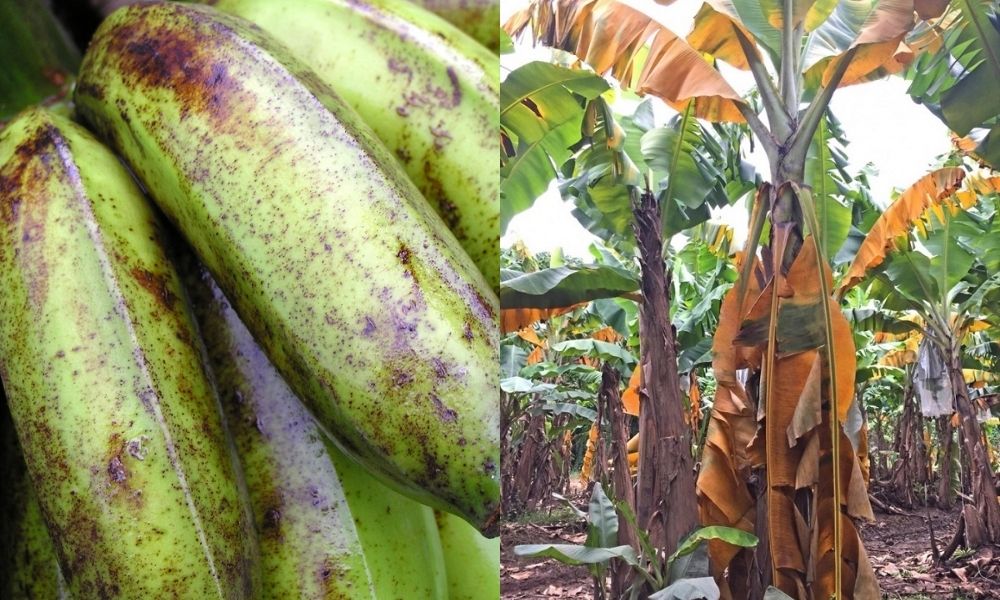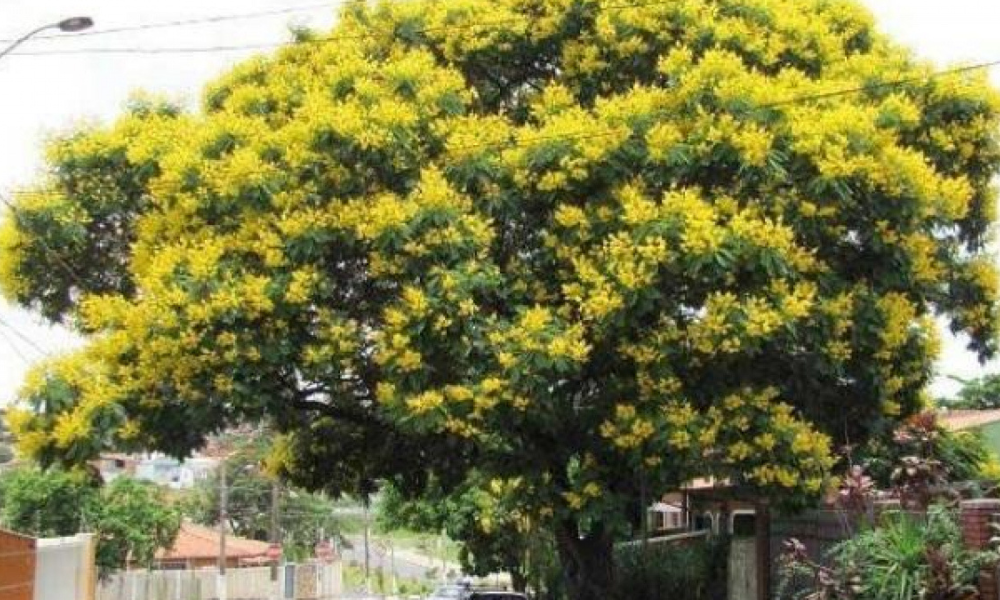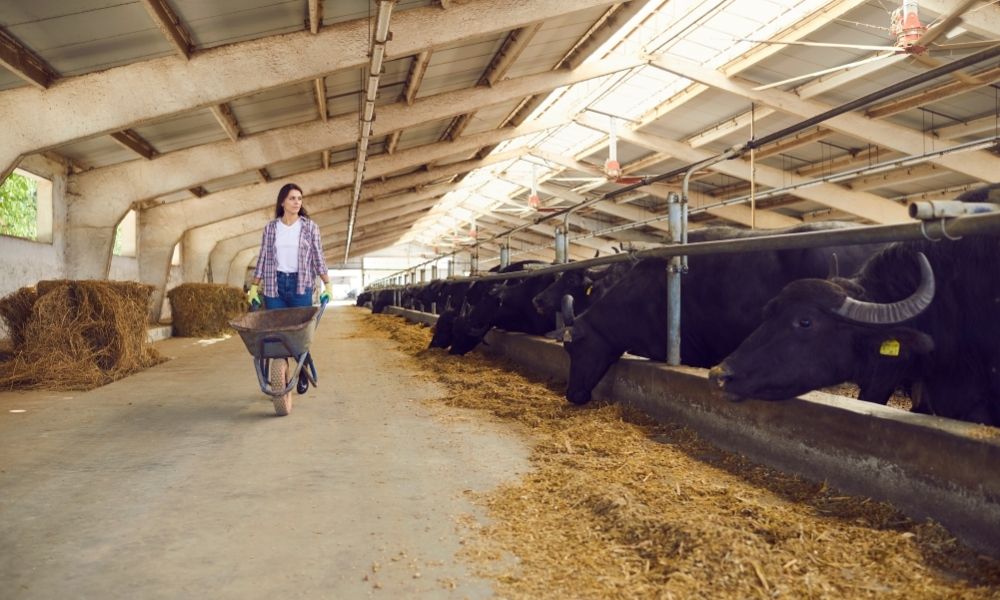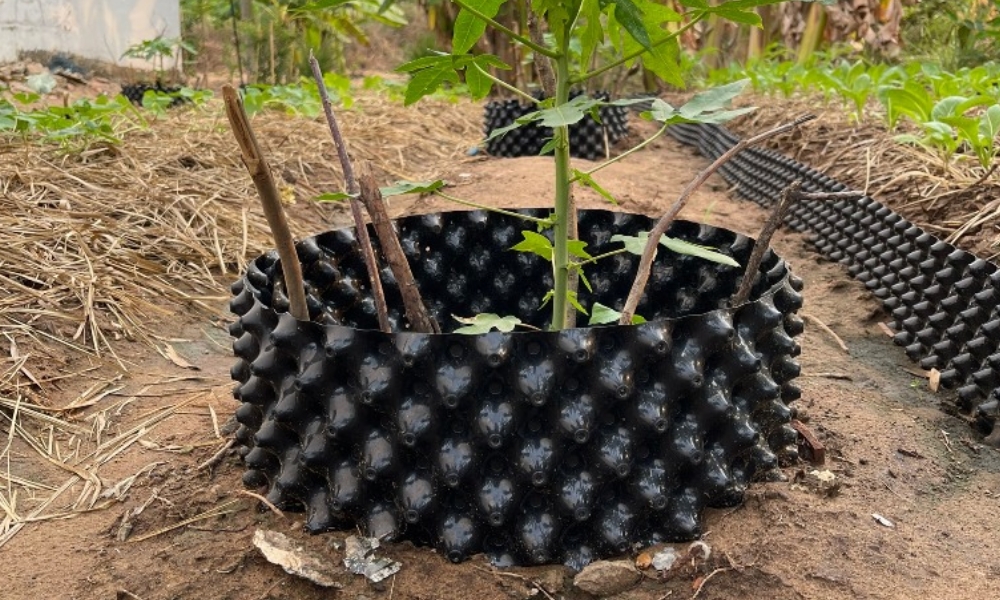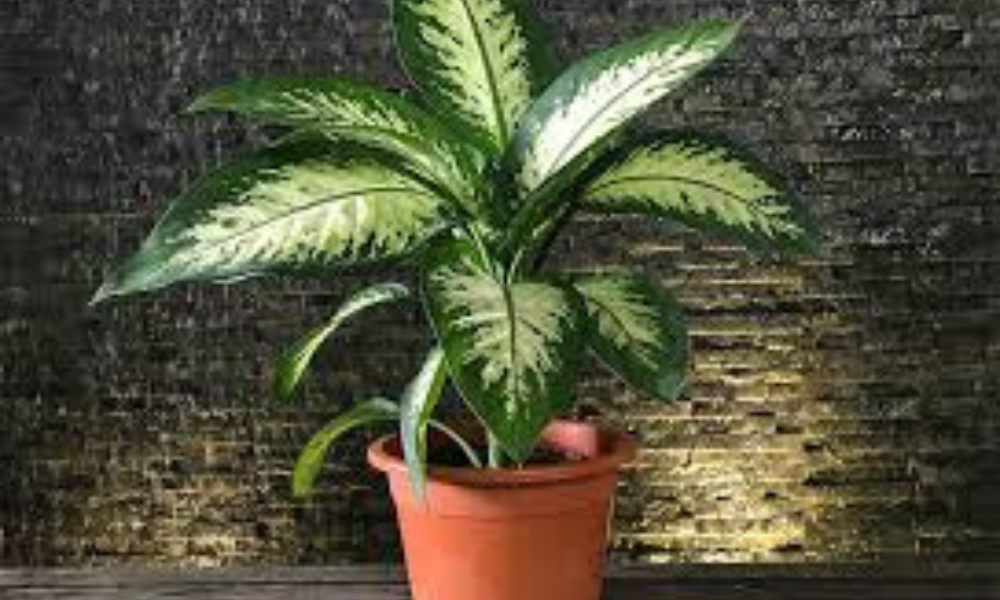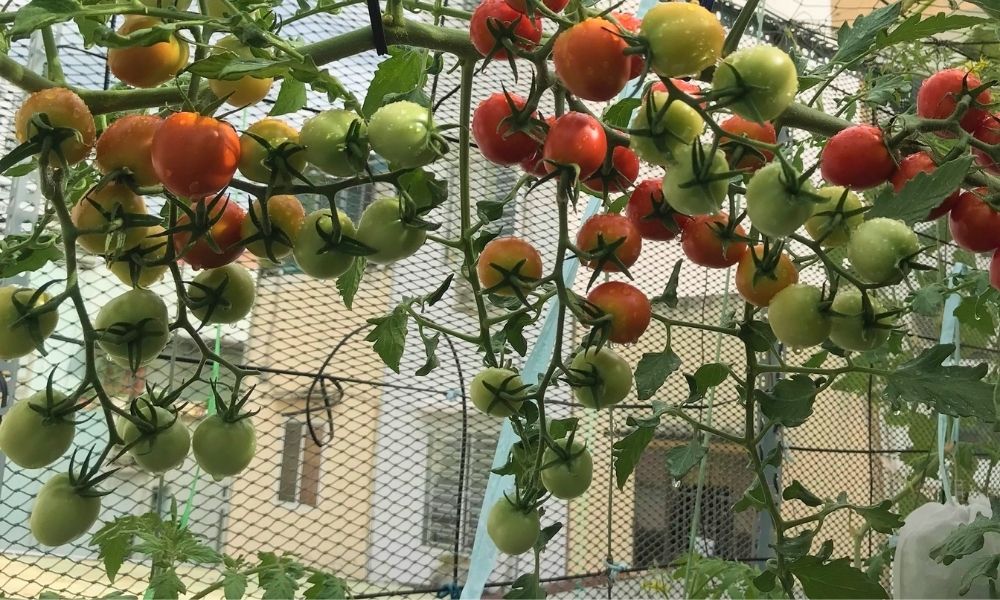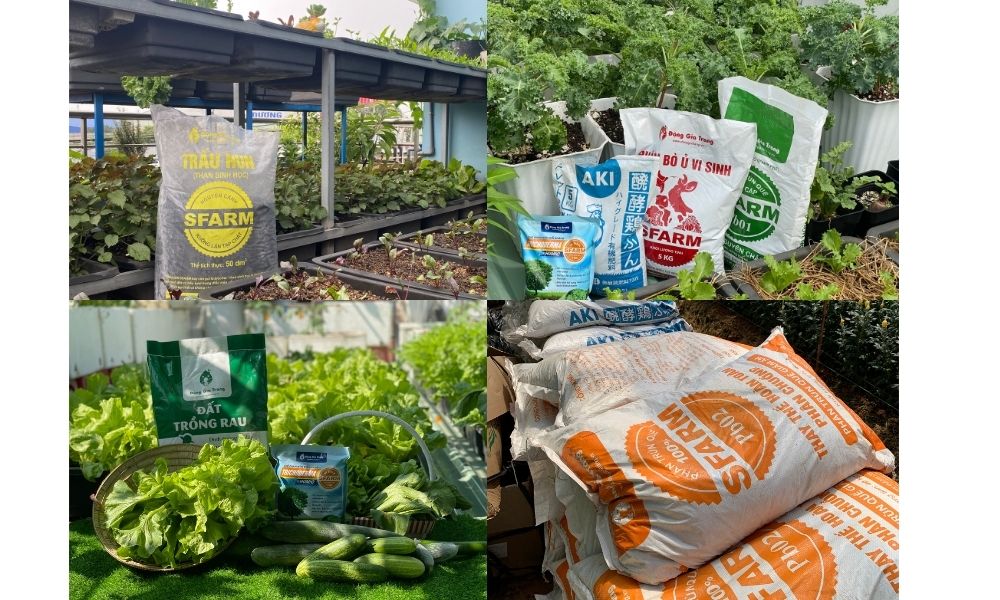Hướng dẫn làm hệ thống Aquaponics trồng rau nuôi cá tại nhà từ A-Z
See details Instructions for making an Aquaponics system to grow vegetables and raise fish Join Blog Kiến Thức Tổng Hợp Nông Nghệp from preparation, design, installation, operation, and how to maintain the Aquaponics system right in the following article! Pot trays, fish tanks, substrates, terracotta pellets, etc. will be listed in detail so you can fully prepare for your Aquaponics system.
Choose a location and design an Aquaponics system at home
External conditions, Aquaponics system environment
People can design their own Aquaponics system for their family after choosing a suitable installation location. To install an Aquaponics system, you need to note some basic requirements as follows:
– You should choose a flat location to easily install and operate the system.
– Make sure the area has enough natural light for vegetables to grow well.
– Convenient in adding water to the system.
– There is a drainage system to easily clean the vegetable tray and avoid water overflow in the fish tank.
Calculate and design Aquaponics system
To start designing an Aquaponics system, you need to take the following specific steps:
– First, calculate the amount of sunlight the installation area receives each day, because this directly affects the growth of vegetables.
– Next, measure the area of the growing area and calculate the number of vegetable trays to install based on this area.
– Then, you can draw a detailed diagram of the Aquaponics system to easily visualize and prepare for construction.
– Finally, make a specific plan for the installation process, from preparing materials to construction steps.
Note: Aquaponics vegetable growing pots all have standard sizes from the manufacturer, so you just need to measure the area of the vegetable growing area and calculate the number of trays to suit the available space.
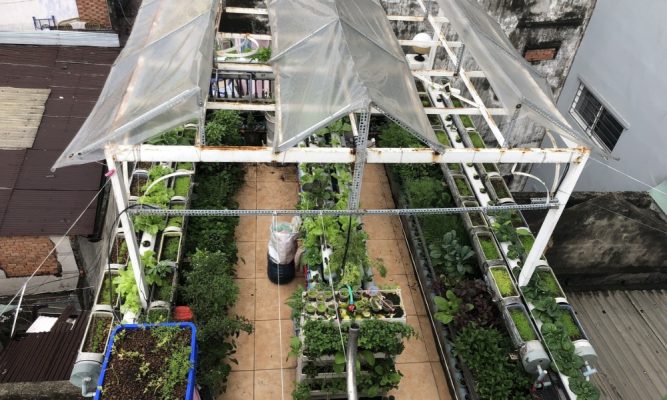 Instructions for making an Aquaponics system to grow vegetables and raise fish on the rooftop
Instructions for making an Aquaponics system to grow vegetables and raise fish on the rooftop
Aquaponics system design ideas
Rooftop
The terrace is an ideal location for you to install an Aquaponics system, both taking advantage of space and creating an additional play area for the family. To save space, you should arrange vegetable trays along the terrace railing, and place the fish tank in the corner. People can also set up a climbing trellis with a height of 2.5 to 3 meters to shade the whole area.
There are two options for installing the system: (1) Installing many small systems with many fish tanks, (2) Installing one large system with one large fish tank. If you want to save money, you can use an iron frame and HDPE tarpaulin to make a fish tank.
If the terrace receives a lot of light, you can install an NFT hydroponic plastic pipe system at a height of 2.3 to 2.5 meters to increase vegetable growing productivity while still having space below for activities. living. You can add a plastic grass carpet and set up an outdoor table and chairs for the whole family to relax.
Balcony
On the apartment balcony, you should use a glass fish tank with a capacity of about 200 liters, placed in the corner of the balcony. Instead of using vegetable growing trays, install multi-layer NFT hydroponic plastic tubes or vertical aeroponic columns to save space.
 Take advantage of the balcony to create an Aquaponics system to grow vegetables and raise fish
Take advantage of the balcony to create an Aquaponics system to grow vegetables and raise fish
Garden
Installing Aquaponics in the garden is similar to the terrace, but it should be noted that the light intensity in the garden may be lower, you need to pay attention to the amount of light for vegetables and fish to grow well.
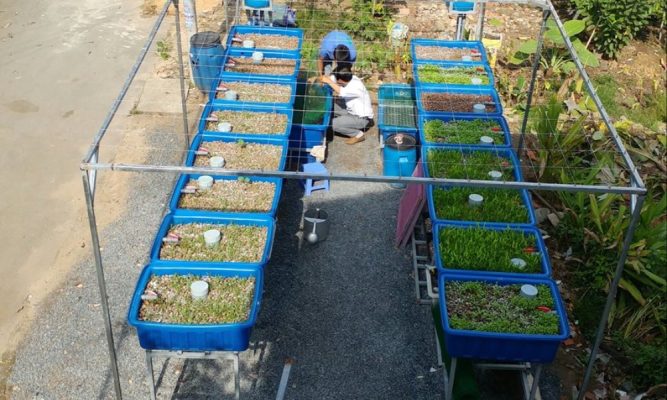 The garden uses an Aquaponics system to grow vegetables and raise fish
The garden uses an Aquaponics system to grow vegetables and raise fish
Prepare materials to make Aquaponics system
Aquaponics plastic vegetable growing tray
Aquaponics virgin plastic trays/pots are the most popular choice in Vietnam thanks to their durability and safety, being able to withstand weather elements for up to 10 years.
Aquaponics fish tank
Fish tanks often have the same material, shape and color as the vegetable tray, but are larger in size. The maximum volume ratio of the vegetable tray is usually 1.5:1 compared to the fish tank volume. If you want to save money, you can take advantage of old water tanks.
Aquaponics vegetable growing medium
Common substrates for Aquaponics are terracotta pellets or light gravel (Keramzit). Terracotta has a breathable honeycomb structure that is easy to drain and retain moisture, while lightweight gravel helps reduce weight and makes planting easier.
Aquaponics sediment filtration system
This system includes vegetable tray, filter tank and microbiological tank. The microbial tank is responsible for removing solid waste, where microorganisms grow and convert fish waste into nutrients for plants. Depending on the design and budget, you can decide to use or not use a sediment filter.
Aquaponics siphon
This is a tool that helps return water from the vegetable tray to the aquarium when the water reaches a certain threshold. There are many types of siphon designs such as bell siphon or U siphon. Farmers can also replace the siphon with a timer to save electricity and adjust the water level in the tray according to the plant’s growth stage.
Pump for Aquaponics system
Pumps need to be selected based on the size of the system. People should choose a pump with appropriate capacity to ensure the effectiveness of the Aquaponics model.
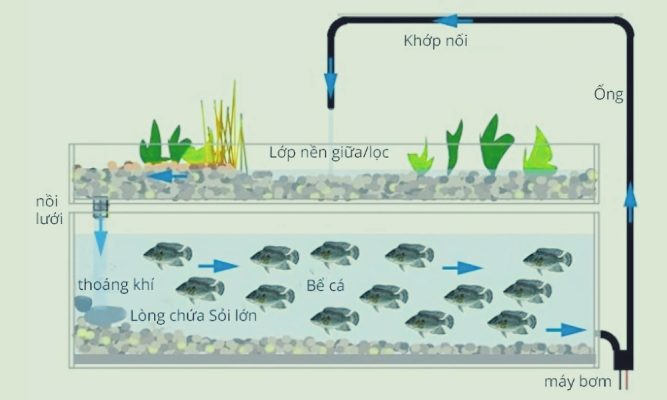 Model of an Aquaponics system growing vegetables and raising fish
Model of an Aquaponics system growing vegetables and raising fish
How to install an Aquaponics system
Install water tank and shelves
First, you need to install the water tank and assemble the iron bars into a V steel shelf according to the specified design. Remember that the lowest level of the vegetable pots should be at least 30 cm higher than the water tank to ensure good drainage. Then, you put the plastic vegetable trays onto the trellis according to the design.
Install the water line
Next, you will install the water pipe pumped from the pump using PVC pipe 21. Use elbows to bend the angle and T pipes to divide the water to different vegetable trellises. Water pipes need to be designed to run along the row of pots on the shelves. Use a drill bit 6 to drill 2-3 holes in the pipe, ensuring that when water is pumped up, it will evenly water the vegetable pots.
Install a downspout
- Drain water from each basin: First, you need to cut a round hole at the bottom of each pot with a 20 gauge bit, and insert a pair of internal and external threads into this hole to create a drainage path. Note that the external thread must be placed above the perineum, and the internal thread must be placed below. Don’t forget to reinforce it with melted ice to avoid water leakage!
- Installing the main drainage shaft: Each vegetable layer has a different height, so you need to install a main shaft made of PVC 34, combined with T 34-21-34 to collect water from the pots to this shaft.
- Installing a siphon water raising and lowering system: This system helps raise and lower water, supporting microbial growth by providing enough oxygen and ventilation for the substrate. According to the experience of Aquaponics workers, a cycle of about 45 minutes is reasonable, but you should refer to the simpler method below.
Raise and lower water with timer (do not use siphon)
Using siphon has some disadvantages such as:
- The pump must run continuously, wasting electricity and quickly damaging the pump.
- Adjusting the water lifting cycle is difficult and complicated.
Therefore, a more effective method is to use a timer to adjust the on-off cycle.
Operating principle:
Install the pump on the timer and set the pump cycle to 45 minutes. When the pump operates, the water will quickly rise. Remember to adjust the time so that when the water level is full, the pump will stop supplying water. You just need to press and hold the green button on the timer for 10 seconds to start, and press the green button again when there is enough water.
When the tank is full, the pump will stop supplying water for 45 minutes. During this time, the water will slowly fall down the drain. Adjust the drain valve so that the water drains out at the desired time.
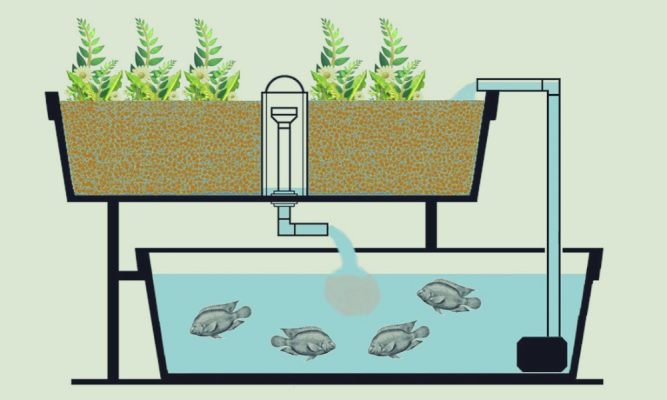 Reference model for installing an Aquaponics system to grow vegetables and raise fish
Reference model for installing an Aquaponics system to grow vegetables and raise fish
Operate and perfect the Aquaponics model
Test operation
Before adding plants and fish to the system, test it out to make sure everything works as designed. Detecting and correcting errors at this stage will be much easier than when you have started farming.
Complete
First, spread light gravel into the plant pots, while keeping the mesh layer of the plastic trays to filter out dirt, avoiding clogging the pump and water pipes. Gravel not only helps create an environment for nitrifying bacteria to grow, but also converts ammonia into nitrite and nitrite into nitrate.
The pump will provide oxygen to both the fish tank and the vegetable growing platform. The air pipe connects from the pump to the air stone at the bottom of the tank. Aeration stones will break large air bubbles into tiny bubbles, thereby enhancing the oxygen supply to the water tank.
Use litmus paper or a pH meter to check the pH of the water. The ideal pH for an Aquaponics aquarium is about 7.0. If the pH increases to 7.2, you should lower it, and if it is below 6.8, you need to adjust it higher. okay!
Keep the system like that for 24 hours to ensure the chlorine in the water is completely dispersed. If you want to introduce your fish right away, purchase dechlorinating products available at aquarium stores.
Finally, plant the seedlings in pots. You can prepare seedlings by planting them in coco peat pellets or by sowing seeds directly onto trays after being filled with light gravel. However, note that the direct seeding method can cause a lot of loss due to water washing away.
 Test run before operating
Test run before operating
Equipment to support Aquaponics system
Heater (keeps heat for tropical fish)
Most gardeners and aquarium fish lovers choose to keep fish originating from tropical regions. For these fish species, the ideal temperature for growth is 25 degrees Celsius or higher, maintained continuously day and night. When the temperature drops below this level, you can use a heater.
There are two types of heaters: those submerged under the tank and those placed next to the tank. Both are effective, but you need to make sure you choose a heater with the right capacity to warm enough water in the aquarium.
Lights for fish tanks
Fluorescent lights are often used for fish tanks so you can easily see fish and monitor their health and development. The lights not only help you observe but also create the necessary light for the fish’s habitat.
Light for plants
If your Aquaponics model is located in a place that lacks light, you need to supplement light for the plants. However, it should be noted that too much light can promote algae growth. You should only create external lighting that does not shine through the tank. If you see algae starting to grow excessively, you can add a window cleaner fish to the tank to help control and eat the algae.
How to maintain Aquaponics models
Fish food
Every day, the only thing you need to do is feed the fish. You should feed your fish a small amount of food, divided into several meals instead of feeding too much at once. The amount of food should be just enough for the fish to eat within 5 minutes. For tropical fish, the common food is usually dry flakes, but you should also occasionally add a little shrimp or worms to help the fish grow healthier.
Control the water level in the tank
The water level in the tank may gradually decrease due to plant absorption and water evaporation. Therefore, every few days, you should check and pump more water to maintain an adequate water level for the tank. In about a month, the system can reduce about 10-15% of the water in the fish tank, so pay attention to replenish it promptly!
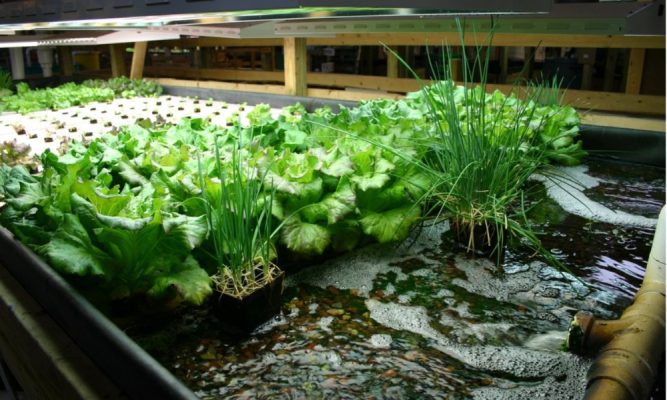 Instructions for making an Aquaponics system to grow vegetables and raise fish in the maintenance step
Instructions for making an Aquaponics system to grow vegetables and raise fish in the maintenance step
Above, Blog Kiến Thức Tổng Hợp Nông Nghệp Blog has given you instructions on how to make an Aquaponics system for growing vegetables and raising fish. Hope the article is useful, wish you successful operation of the system!
See more:
Blog Kiến Thức Tổng Hợp Nông Nghệp – Dang Gia Trang The honor is trusted supplier organic and biological agricultural input products from more than 1,500 agents and stores nationwide. Customers are invited to contact us with the following information so that the Blog Kiến Thức Tổng Hợp Nông Nghệp team can quickly support:
– Website: https://sfarm.vn/
– Hotline: 0934 19 xxxx
– Zalo: Blog Kiến Thức Tổng Hợp Nông Nghệp customer service – 0934 19 xxxx
Chuyên mục: Kiến thức làm vườn
Nguồn: lol.edu.vn

 0934.19.6789
0934.19.6789

